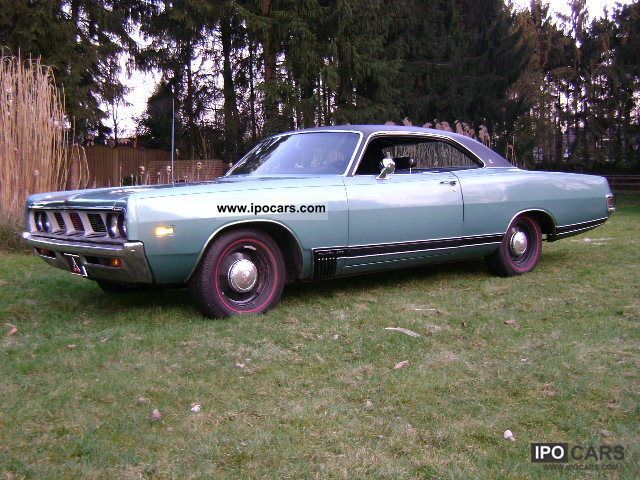Hi kmccabe56,
I agree regarding the inaccuracies of sales literature but all information should be considered while researching. Not all info in the sales literature is incorrect.
I'm curious about the broadcast sheet because, we know that California cars were specially equipped such as emissions. That's why I raised the question. How did they know when producing the car where the final destination would be. I was speculating that this information may be on the build sheet as that is what they built the car from so if special California equipment was necessary, it may have been indicated on the build sheet.
The other possibility is that it was built into the order and so it wasn't necessary to be on the build sheet but my understanding was that not all cars were built for a specific dealer or region. Build to stock instead of build to order from a manufacturing perspective. How would they know which build to stock cars could be shipped to California..
California cars back in these days were coded N95 on the body code plate if they were California emission-equipped vehicles.


















